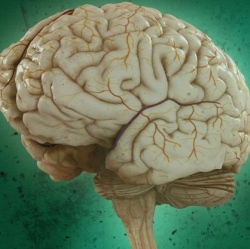
UCLA neurosurgeons used ultrasound to “jump-start” the brain of a 25-year-old man from a coma, and he has made remarkable progress following the treatment. The technique, called “low-intensity focused ultrasound pulsation” (LIFUP), works non-invasively and without affecting intervening tissues.
It excites neurons in the thalamus, an egg-shaped structure that serves as the brain’s central hub for processing information.
“It’s almost as if we were jump-starting the neurons back into function,” said Martin Monti, the study’s lead author and a UCLA associate professor of psychology and neurosurgery.
“Until now, the only way to achieve this was a risky surgical procedure known as deep brain stimulation, in which electrodes are implanted directly inside the thalamus,” he said. “Our approach directly targets the thalamus but is noninvasive.”
What about using it on vegetative or minimally conscious patients?
Monti cautioned that the procedure requires further study on additional patients before the scientists can determine whether it could be used consistently to help other people recovering from comas.
“It is possible that we were just very lucky and happened to have stimulated the patient just as he was spontaneously recovering,” Monti said.
If the technology helps other people recovering from coma, Monti said, it could eventually be used to build a portable device, perhaps incorporated into a helmet, as a low-cost way to help “wake up” patients, perhaps even those who are in a vegetative or minimally conscious state (MCS). Currently, there is almost no effective treatment for such patients, he said.
